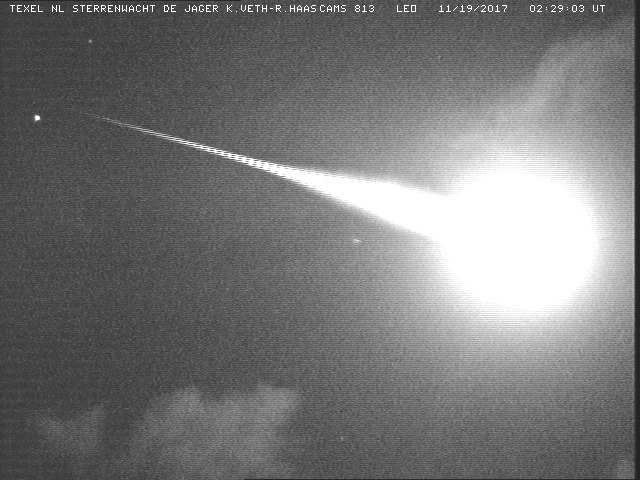By Paul Roggemans, Carl Johannink, Jean-Marie Biets, Martin Breukers, Robert Haas and Klaas Jobse
1 Introduction
A brilliant Leonid fireball of magnitude -8 occurred right above the center of the CAMS BeNeLux network on 2017 November 19, 02h29m09s UT. It was captured by 7 CAMS cameras and several all-sky stations. The results obtained for this fireball are presented in this contribution.
The first series of pictures and information about this fireball has been described in a previous post, see: https://www.meteornews.net/leonid-fireball-8-on-cams/. We add some more pictures of this impressive Leonid fireball and its persistent trail.
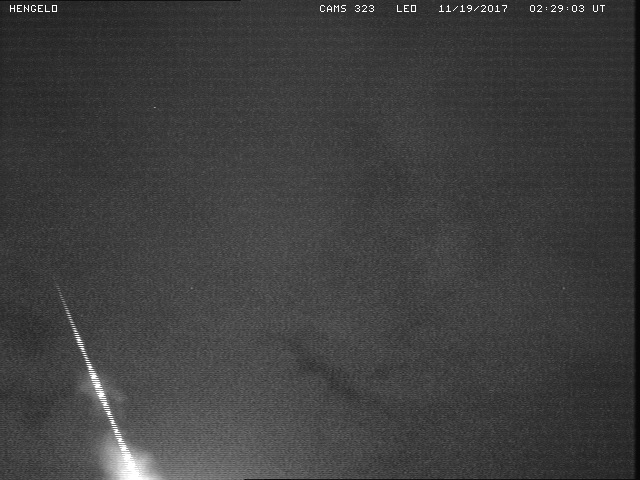
Figure 1 – Leonid fireball 2017 November 19 at 02h29m09s UT captured by CAMS 323 operated by Martin Breukers at Hengelo, the Netherlands.
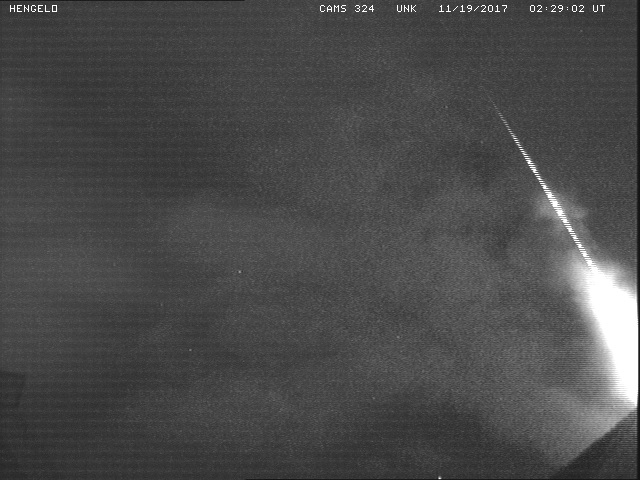
Figure 2 – Leonid fireball 2017 November 19 at 02h29m09s UT captured by CAMS 324 operated by Martin Breukers at Hengelo, the Netherlands.
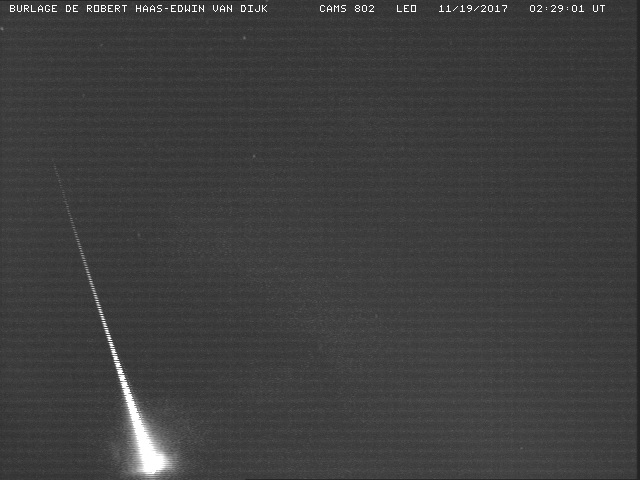
Figure 3 – Leonid fireball 2017 November 19 at 02h29m09s UT captured by CAMS 802 operated by Robert Haas at Burlage, Germany.
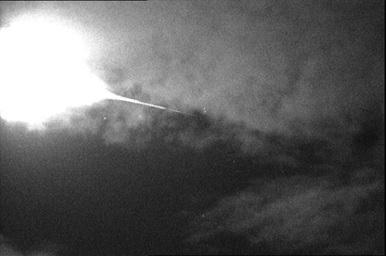
Figure 4 – Leonid fireball 2017 November 19 at 02h29m09s UT captured by CAMS 337 operated by Klaas Jobse at Oostkapelle, the Netherlands.
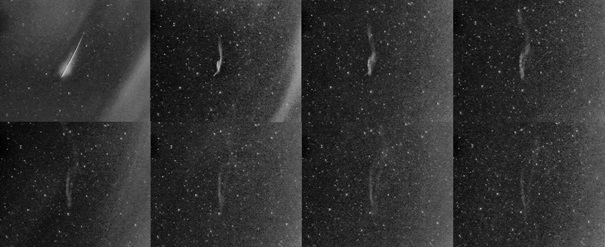
Figure 5 – Klaas Jobse (Oostkapelle, the Netherlands) made this series of pictures of the persistent trail during the first 12 minutes after the appearance of this fireball. Photo with Canon 1300D and 4.5 mm sigma all-sky, exposure 90 seconds.
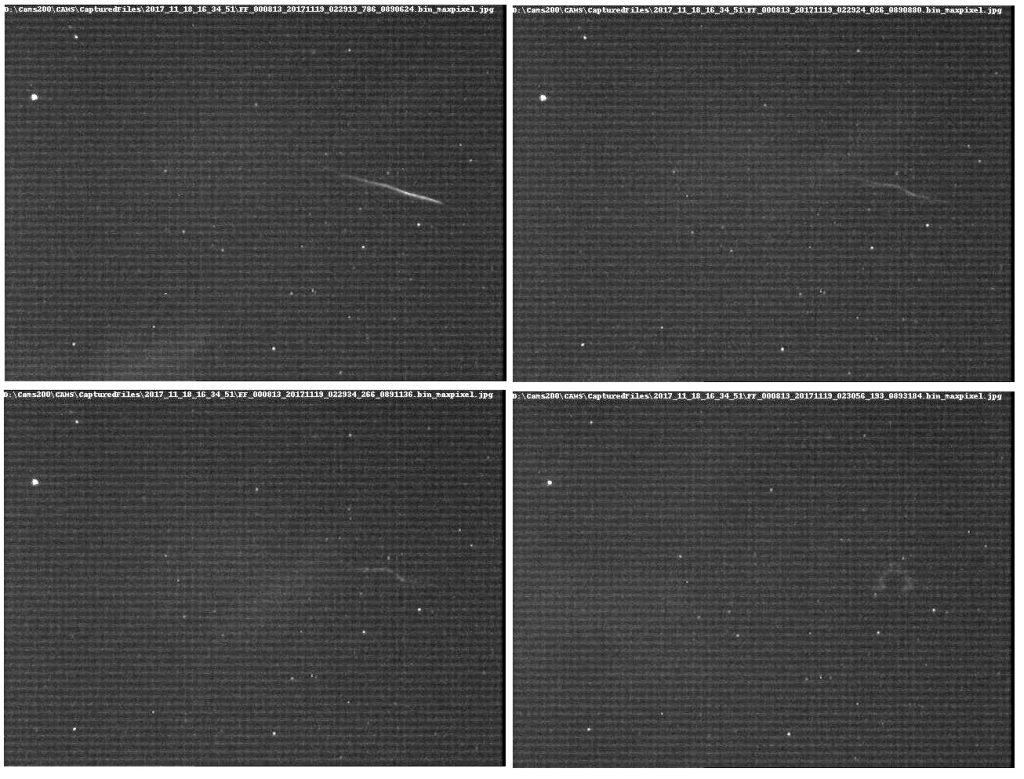
Figure 6 – The persistent trail as recorded at Texel by Robert Haas.
2 Radiant and orbit computation
The detection info from the different CAMS stations arrived during Sunday 19 November. The computation of the trajectory of this bright event proved to be a real challenge. Many CAMS sites got only a part of the fireball. These registrations were first put apart.
With the remaining data an attempt was made to get an idea of the radiant position and the orbit using the Coincidence routine of CAMS. Only few combinations resulted in a good solution, the 337 of Klaas Jobse (Oostkapelle), the 323 of Martin Breukers (Hengelo) and the 813 of Robert Haas (Texel). The reason why only few captures proved suitable for computations is that this fireball was too bright for the CAMS program to track the actual path. Figure 7 shows the height profile of this Leonid for the stations Oostkapelle (CAMS 337) and Hengelo (CAMS 323).
Figure 7 shows that the measured points display some scatter from a given point and deviate from the straight line. The points for Hengelo (red) are ending at a higher elevation. Figure 1 with the picture of CAMS 323 explains this: the meteor disappears at the edge of the camera field.
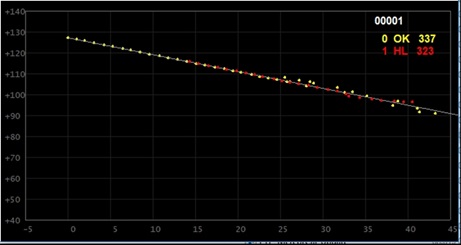
Figure 7 – The height profile of the Leonid fireball 2017 November 19 at 02h29m09s UT.
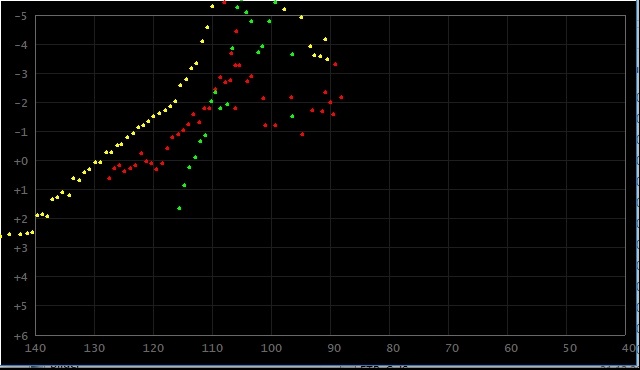
Figure 8 – Luminosity profile profile of the Leonid fireball 2017 November 19 at 02h29m09s UT, Texel (yellow), Oostkapelle (red) and Hengelo (green).
The luminosity profile in Figure 8, based on the data from all three stations, Texel, Oostkapelle and Hengelo shows an even more scattered picture.
Tables 1, 2 and 3 list the results of the different computations for each combination of two of the three stations as well as the combination of all three stations:
- Oostkapelle (331) – Hengelo (323)
- Texel (813) – Hengelo (323)
- Texel (813) – Oostkapelle (337)
- Oostkapelle (331) – Hengelo (323) – Texel (813)
The differences obtained in geocentric velocity for these four options indeed affects the orbital elements, q and e, (hence also the semi-major axis a) and ω. Table 3 shows that the ablation height of this meteor is remarkable high, according to the computations between 125 and 145 km, something that has been found before with bright Leonids (Betlem et al., 2000; Spurny et al., 2000).
The end height is almost identical in all four calculations: 89 km. This is in good agreement with the end heights found from 12 bright Leonid fireballs in 1998. These 12 bright Leonids had ending heights between 73 and 103 km (average 87.6 km) (Betlem et al., 2000; Spurny et al., 2000).
Table 1 – Geocentric radiant position and geocentric velocity for the Leonid fireball of November 19, 02h26m09s UT.
| RAg (°) | Decg(°) | Vg km/s | Cameras |
| 154.93±0.07 | 20.91±0.08 | 69.73±0.03 | 337 & 323 |
| 155.25±0.03 | 21.33±0.03 | 70.21±0.02 | 813 & 323 |
| 154.78±0.06 | 21.05±0.07 | 71.23±0.17 | 813 & 337 |
| 154.87±0.01 | 21.06±0.01 | 71.23±0.01 | 813, 337, 323 |
Table 2 – Orbital elements for the Leonid fireball of November 19, 02h26m09s UT.
| q (AU) | e | i | ω | Cameras |
| 0.98386±0.00027 | 0.8168±0.003 | 162.88±0.136 | 171.839±0.252 | 337 & 323 |
| 0.98354±0.00011 | 0.8671±0.002 | 162.13±0.056 | 171.69±0.094 | 813 & 323 |
| 0.98498±0.00014 | 0.9532±0.016 | 163.02±0.138 | 173.213±0.151 | 813 & 337 |
| 0.98471±0.00002 | 0.9536±0.000 | 162.96±0.01 | 172.951±0.022 | 813, 337, 323 |
Table 3 – Trajectory data, beginning and ending height, geographic position for the Leonid fireball of November 19, 02h26m09s UT.
| LatBeg (°) | LongBeg (°) | HBeg (km) | HMax (km) | LatEnd (°) | LongEnd (°) | HEnd (km) | Cameras |
| 51.7848±0.0002 | 5.1971±0.0004 | 127.2±0.02 | 97.7 | 51.8951±0.0003 | 4.5418±0.0005 | 89.49±0.04 | 337 & 323 |
| 51.7362±0.0004 | 5.5125±0.0002 | 145.38±0.02 | 97.6 | 51.8931±0.0002 | 4.5477±0.0004 | 89.46±0.05 | 813 & 323 |
| 51.7299±0.0002 | 5.5163±0.0006 | 146±0.05 | 103.8 | 51.8948±0.0004 | 4.5475±0.0022 | 89.52±0.11 | 813 & 337 |
| 51.7305±0.0001 | 5.5154±0 | 145.9±0.01 | 97.6 | 51.8949±0 | 4.5439±0 | 89.4±0.01 | 813, 337, 323 |
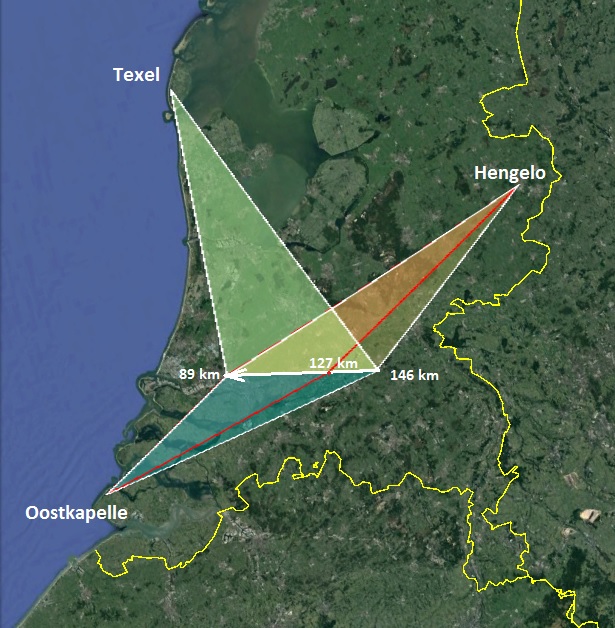
Figure 9 – The Trajectory of the Leonid fireball above the BeNeLux.
References
Betlem H., Spurny P. (2000). “Uitzonderlijke hoge oplichthoogten en een onbekend stralingsmechanisme bij de Leoniden 1998 I”. Radiant, 22, 33–36.
Jenniskens P., Gural P. S., Dynneson L., Grigsby B. J., Newman K. E., Borden M., Koop M. and Holman D. (2011). “CAMS: Cameras for Allsky Meteor Surveillance to establish minor meteor showers”. Icarus, 216, 40–61.
Spurny P., Betlem H., van ’t Leven J., Jenniskens P. (2000). “Atmospheric behavior and extreme beginning heights of the 13 brightest photographic Leonids from the ground bases expedition in China”. Meteoritics & Planetary Science, 35, 243–249.

